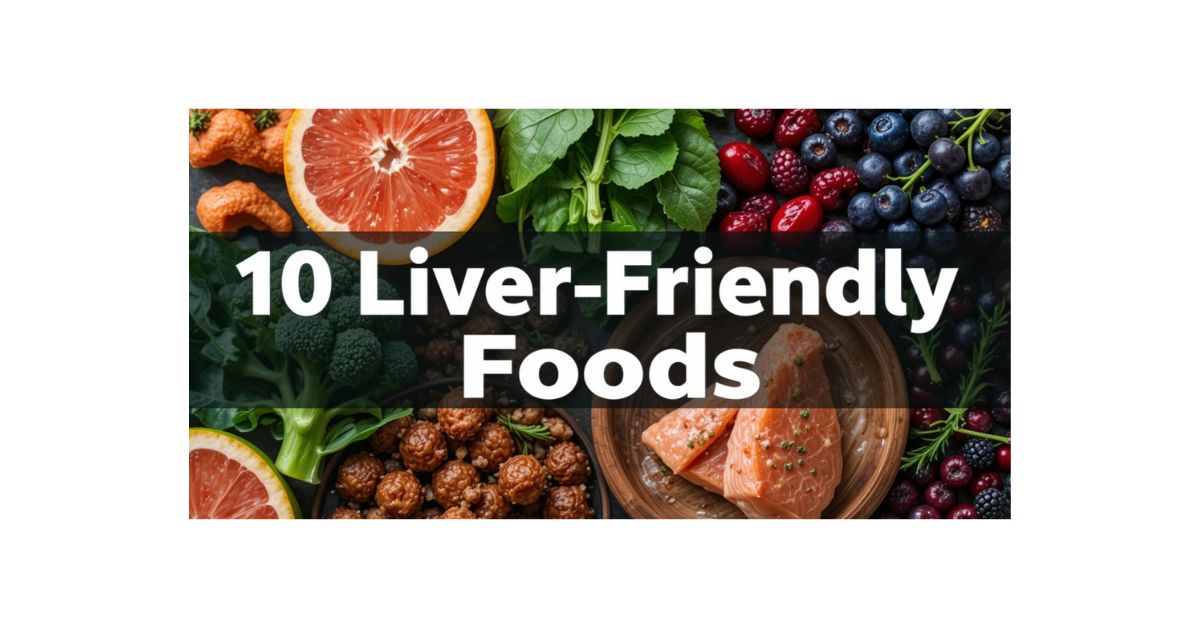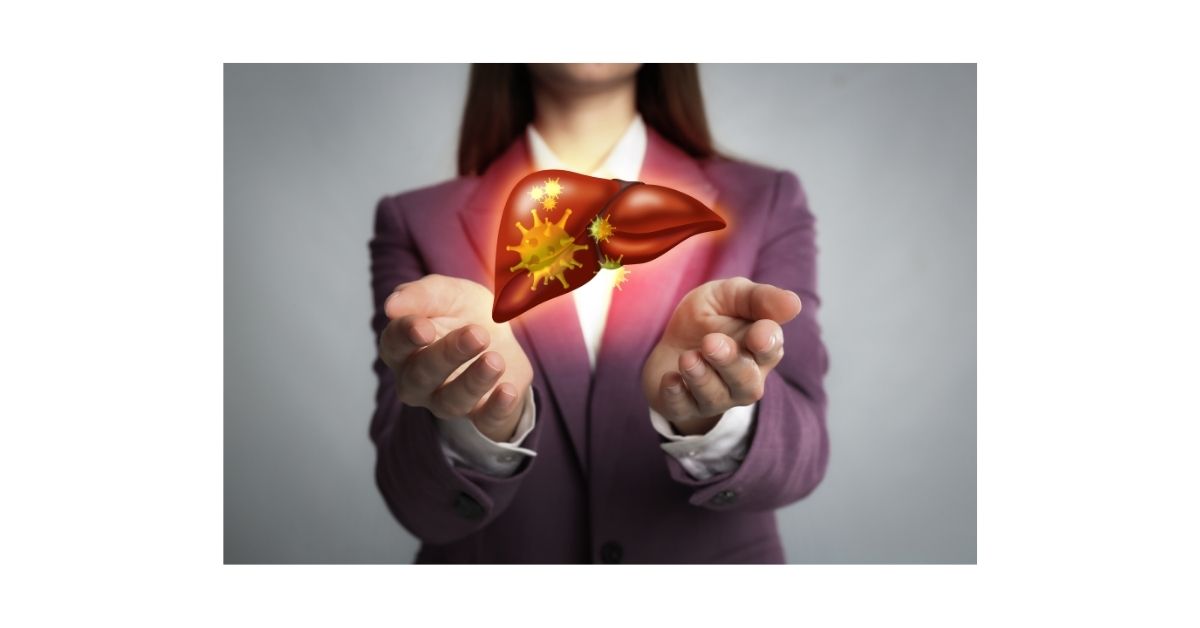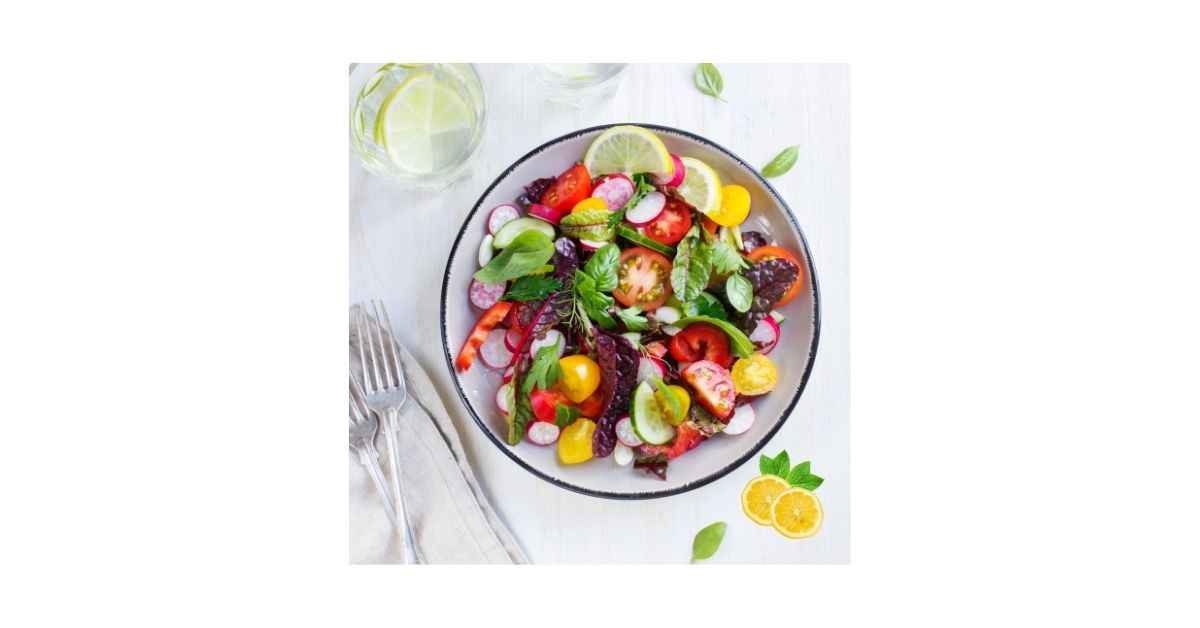Many people switch to a gluten-free diet hoping to lose weight or improve digestion. But one question often comes up — is a gluten-free diet low-carb?
At first, both diets might sound similar, but they focus on very different things. This article explains what “gluten-free” and “low-carb” really mean, how they differ, and five key facts that clear up the confusion.
You’ll know which approach suits your health, energy, and weight goals best.
What Does Gluten-Free Really Mean?
You’ve seen “gluten-free” labels on bread, pasta, and snacks — but what exactly is gluten?
Gluten is a protein found in wheat, barley, and rye. It gives dough its stretch and helps bread stay soft and chewy.
People avoid gluten-free foods for many reasons — from celiac disease and gluten intolerance to simply feeling lighter or less bloated. But it’s important to understand that gluten-free doesn’t mean low-carb.
Most gluten-free foods use rice flour, corn flour, or potato starch, which are still high in carbs. So, if you’re wondering, does gluten-free mean no carbs? The answer is no. Gluten-free foods can still raise your blood sugar if you’re not careful.
Read more: 5 Drawbacks of Skipping Breakfast
What Does a Low-Carb Diet Mean?
A low-carb diet reduces foods rich in starch and sugar — like bread, rice, and pasta — to help manage weight, energy levels, and blood sugar.
Instead, it focuses on:
- Protein: chicken, eggs, fish
- Healthy fats: nuts, seeds, avocado, olive oil
- Non-starchy veggies: spinach, broccoli, cauliflower
Unlike gluten-free diets, low-carb eating doesn’t remove gluten — it simply limits carbohydrate intake.
That’s the main difference: gluten-free avoids a protein, while low-carb limits carbs overall.
Learn more from Harvard Health about low-carb diets
5 Facts You Should Know About Gluten-Free and Low-Carb Diets
Before you assume both diets are the same, here are five facts that explain their differences clearly.
Fact #1: Is Gluten-Free Food Low Carb? Not Always!
Most gluten-free products aren’t automatically low in carbs.
Foods like gluten-free pasta, cookies, and bread often use high-carb ingredients such as tapioca starch, potato starch, or rice flour.
These ingredients can raise blood sugar, especially if eaten in large portions.
So, is gluten-free food low-carb? Not usually. Always check nutrition labels for total carbs and added sugars before buying.
Fact #2: Can Gluten-Free Be Keto-Friendly?
You might wonder — is keto gluten-free or is gluten-free keto?
The short answer: sometimes.
The keto diet focuses on eating high-fat, very low-carb foods. Many keto-friendly options, like meat, fish, eggs, cheese, and low-carb vegetables, are naturally gluten-free.
However, not all gluten-free foods fit into keto. For example, gluten-free bread made with rice flour is still too high in carbs for a keto plan.
To stay both gluten-free and low-carb:
- Use almond or coconut flour instead of wheat flour.
- Swap cauliflower rice for regular rice.
- Try zucchini noodles instead of pasta.
Fact #3: Gluten-Free and Low-Carb Food Lists
Here’s a quick food guide to help you plan meals that fit both lifestyles.
Gluten-Free Foods (Higher in Carbs) – Eat in moderation:
- Rice, corn, potatoes, quinoa
- Gluten-free pasta, bread, cereals
Low-Carb Gluten-Free Foods (Best Choices) – Eat freely:
- Eggs, chicken, turkey, fish
- Leafy greens, cucumber, broccoli
- Almonds, walnuts, chia seeds
- Greek yogurt, cheese, olive oil, avocado
This quick low-carb gluten-free food list helps you build balanced meals that support digestion, energy, and weight control.
Fact #4: Low-Carb or Gluten-Free for Weight Loss?
If your goal is weight loss, you may wonder which is better: low-carb or gluten-free?
A low-carb diet often gives quicker results by reducing sugar cravings and stabilizing blood sugar levels.
A gluten-free diet, on the other hand, benefits people with gluten sensitivity, but many packaged gluten-free products are still high in refined carbs.
If weight management is your goal, start with a low-carb plan and include only nutrient-dense gluten-free foods when necessary.
Fact #5: Low-Carb vs Gluten-Free — What’s the Real Difference?
Many people often assume gluten-free means carb-free, but that’s a myth.
Gluten-free foods like rice, beans, and potatoes are naturally high in carbs, even though they don’t contain gluten.
In simple terms:
- Gluten-free = no gluten protein
- Low-carb = fewer total carbohydrates
So, is gluten-free carb-free? Definitely not.
Understanding this difference helps you avoid hidden carbs and make smarter food choices.
Expert Tips for Combining Gluten-Free and Low-Carb Eating
Trying to follow both a gluten-free and low-carb diet can feel challenging, but it’s completely achievable with the right plan. Keep these expert tips in mind to make it easier:
- Read labels carefully: Many gluten-free foods contain starches, rice flour, or added sugars that raise carb levels. Always check ingredients and nutrition facts.
- Choose real foods: Focus on naturally gluten-free and low-carb options like vegetables, eggs, fish, nuts, and unprocessed meats.
- Pair smartly: Combine small portions of carbs with protein or fiber to stay full longer and stabilize blood sugar.
- Seek expert help: If you have celiac disease, diabetes, or digestive issues, consult a registered dietitian before making major diet changes.
You may also like: The Importance of Hydration — Tips for Drinking More Water
Common Questions About Gluten-Free and Low-Carb Diets
1. Is gluten-free a low-carb diet?
No. A gluten-free diet removes gluten but not carbohydrates. Many gluten-free foods still contain starches and sugars that raise carb intake.
2. Is gluten-free bread low in carbs?
Usually not. Gluten-free bread is often made with rice flour or potato flour, which are high in carbohydrates.
3. Can you lose weight on a gluten-free diet?
Yes, but only if you manage your total calorie intake and avoid high-carb gluten-free products. Choose nutrient-dense, whole foods for the best results.
4. Is rice gluten-free and low-carb?
Rice is naturally gluten-free, but it’s also high in carbs. Try smaller portions or swap rice with cauliflower rice or shirataki noodles to cut carbs.
5. What are the best low-carb, gluten-free foods?
Some of the top low-carb, gluten-free foods include:
- Eggs, fish, and lean meats
- Leafy greens and cruciferous veggies
- Nuts, seeds, and chia
- Low-carb flours like almond or coconut flour
Final Thoughts: Gluten-Free vs. Low-Carb — Which Is Right for You?
So, is a gluten-free diet low-carb? Not necessarily. Going gluten-free removes gluten, but it doesn’t automatically reduce carbohydrates. Many gluten-free foods—like bread, pasta, and snacks—are still carb-heavy.
To make healthier choices, focus on whole, unprocessed foods that fit both categories: lean proteins, fresh vegetables, healthy fats, and low-carb gluten-free options.
Your healthiest diet is the one that supports your body’s energy, digestion, and goals — not just a trend.
So, if you’re wondering which diet suits you best, remember: gluten-free doesn’t always mean low-carb. Choose what fits your health goals — and when in doubt, consult a nutritionist.
Take action today: Swap regular bread for almond flour bread or pasta for zucchini noodles — and feel the difference in your energy, digestion, and overall well-being!





